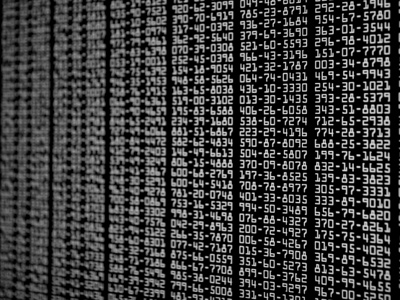
Range
This Science quiz is called 'Range' and it has been written by teachers to help you if you are studying the subject at middle school. Playing educational quizzes is a fabulous way to learn if you are in the 6th, 7th or 8th grade - aged 11 to 14.
It costs only $12.50 per month to play this quiz and over 3,500 others that help you with your school work. You can subscribe on the page at Join Us
In mathematics, the range of data is defined as the difference between the lowest number (minimum) and the highest number (maximum) in the data set and is useful when applied to the data obtained from repeating an experiment. The smaller the range of the repeats, the higher the precision of the experiment and the more reliable the data. Top grade candidates in science will be using mathematics to analyze their results. They could use the range to help their arguments for or against the reliability of their experiment.
25, 16, 18, 10, 12, 16, 17
12, 14, 16, 13, 17, 19
15, 18, 25, 18, 45
22, 14, 16, 19, 11, 28
Ready for more?
not all...
quizzers. Try to win a coveted spot on our Hall of Fame Page.







